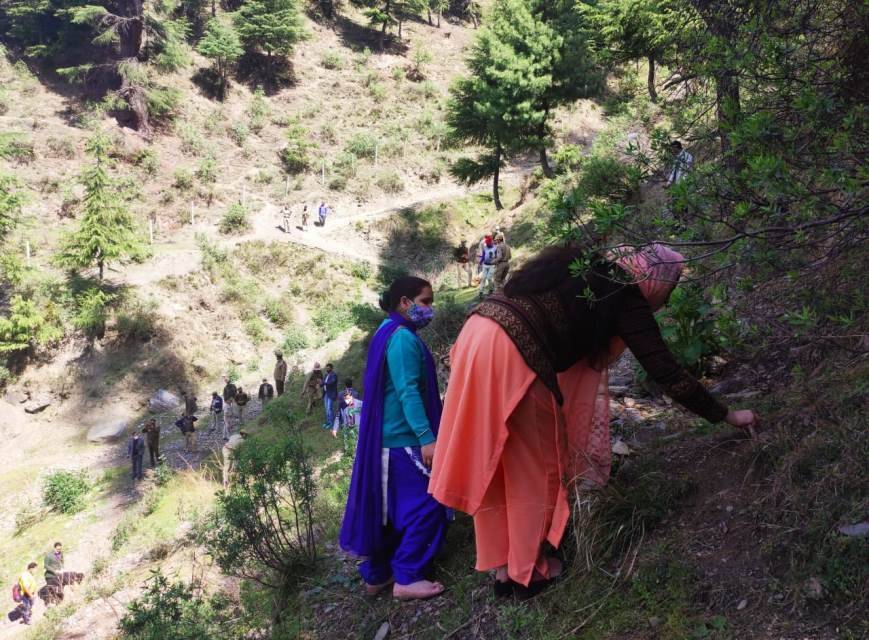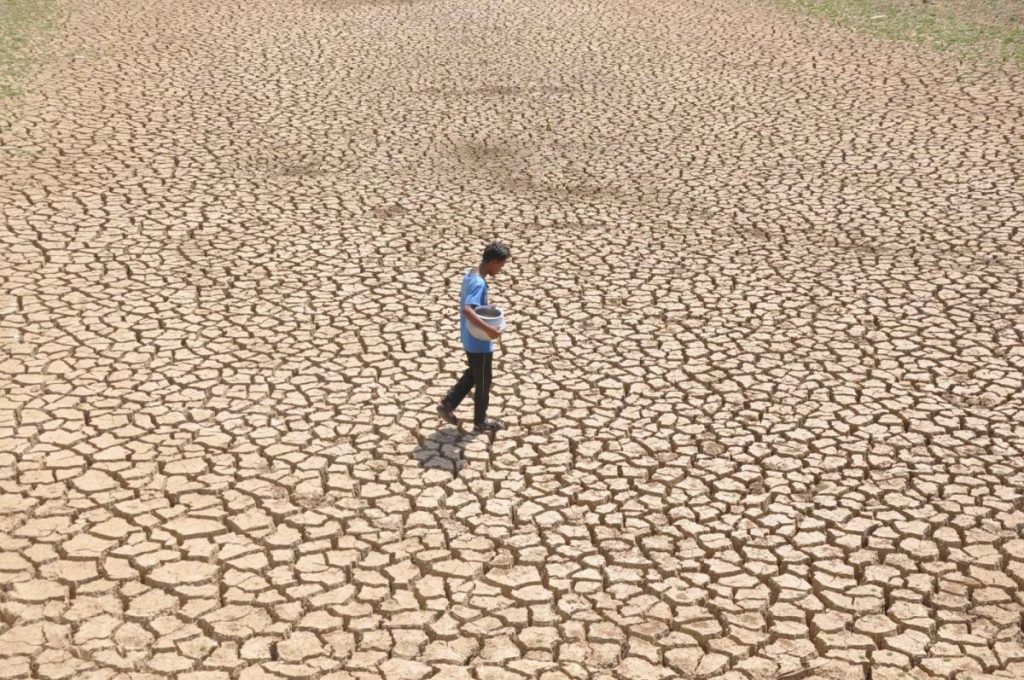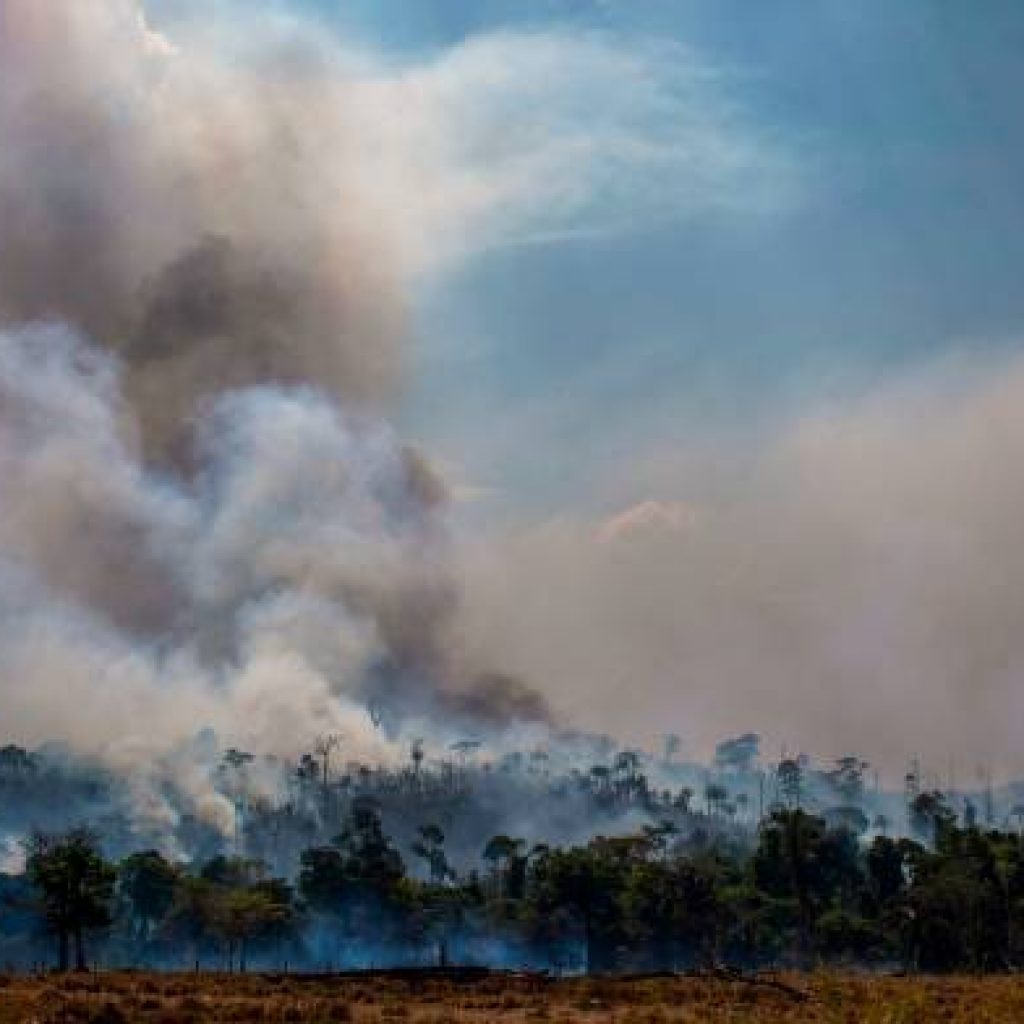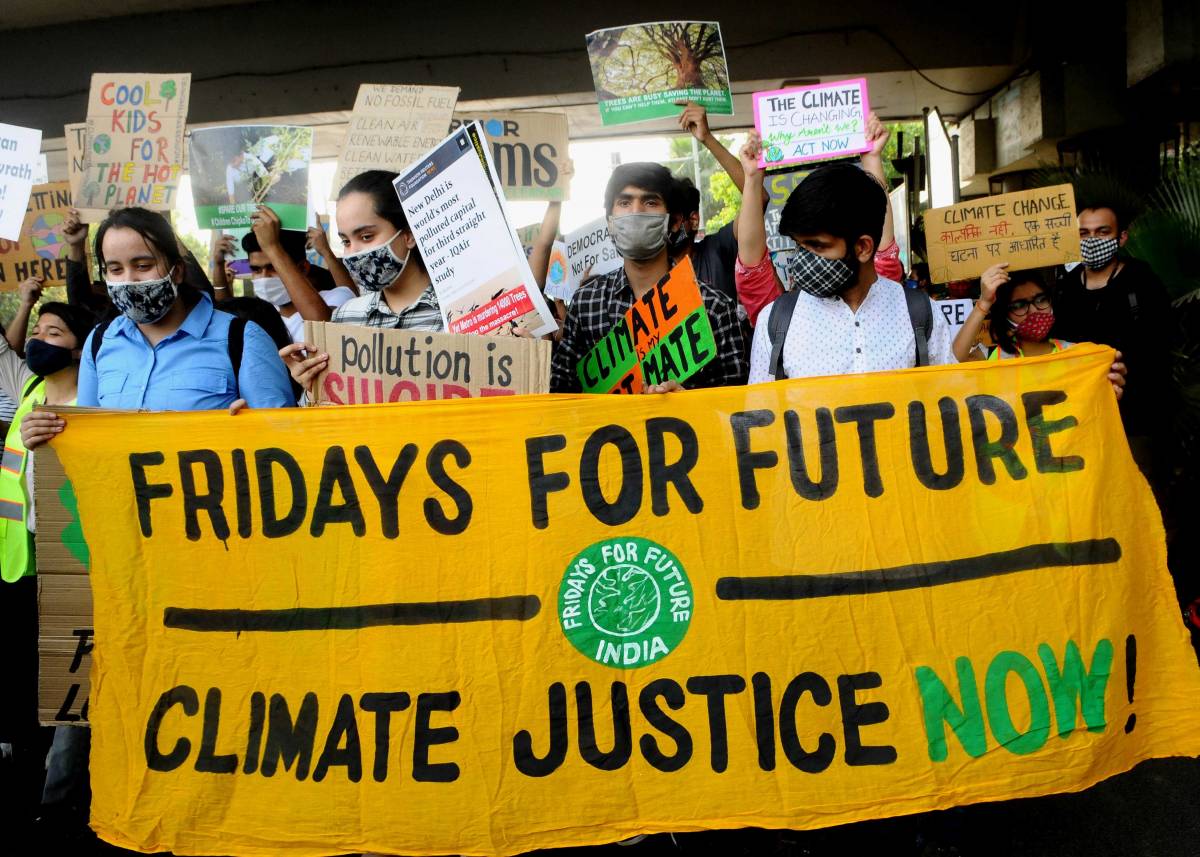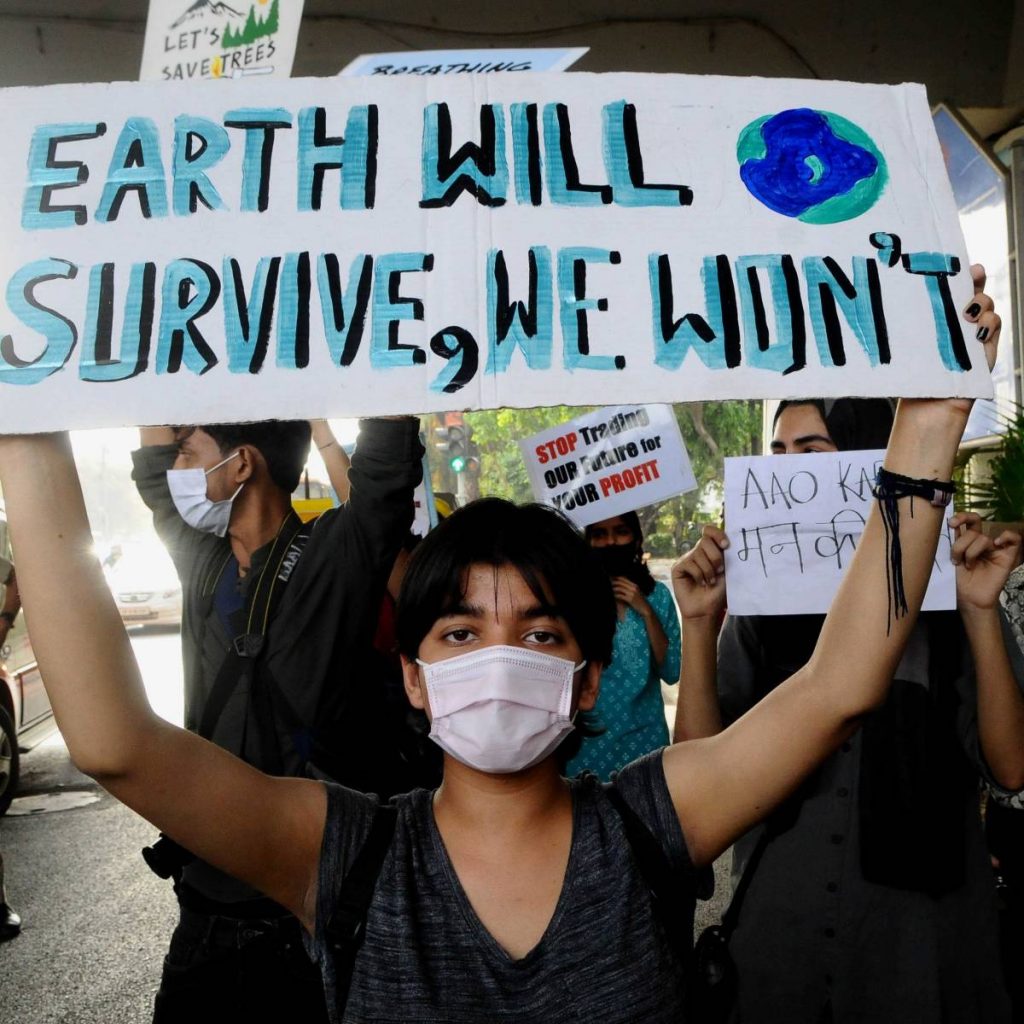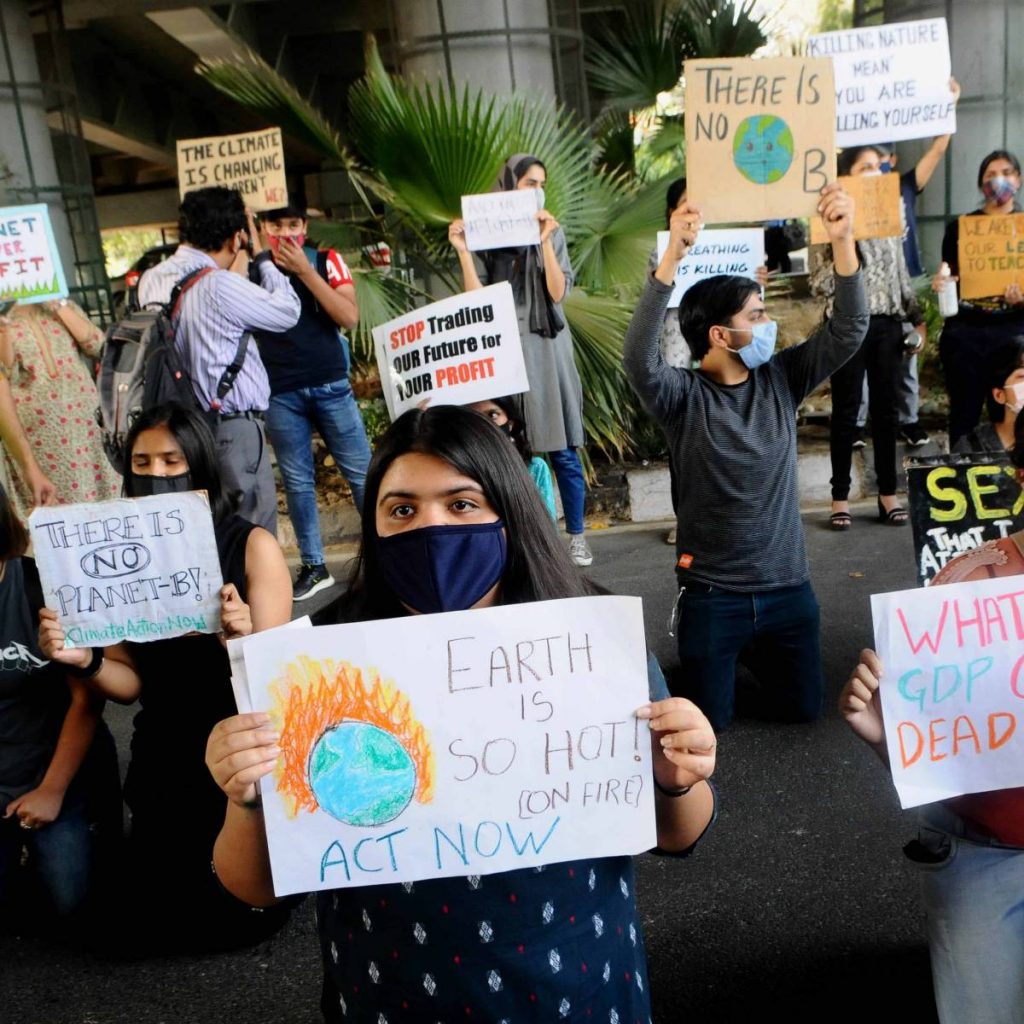The project originally envisioned that experts from the NECBDC would reach J&K to impart training to the local community to start bamboo-related businesses…reports Bivek Mathur.
A special pilot project is underway in Bhanderwah valley in Jammu’s Doda district. It is often celebrated as ‘mini Kashmir’ for its lush-green meadows, snow-bound peaks and clear waters. But for 15 years, the Army and CRPF had been using Malsoo and Rainda hills in the valley as a shooting range, turning the hills barren.
Worse still, it has exacerbated the problem of landslides during winter and monsoons. A landslide had flattened more than three dozen shops here in March 2019. Two people were killed in a landslide just 10 days later. A month after this, another incident of landslide damaged a dozen houses in the region.
Now, with the firing stopped, citizens have come forth to help the government find a solution to these landslides. The government has started to plant bamboo on the region’s hills because of bamboo roots’ famed potential in arresting soil erosion. Many research reports recommend growing bamboo in regions ravaged by landslides.
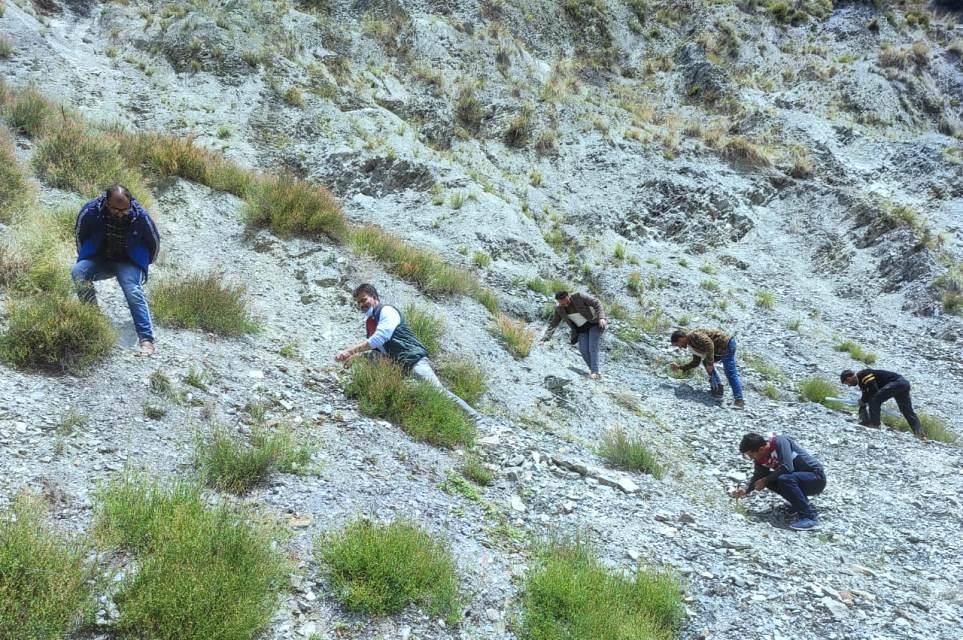
One such report — titled ‘Rainfall-Induced Slope Failures and Use of Bamboo as a Remedial Measure’, published in Indian Geotechnical Journal in October 2020 — notes how bamboo roots strongly hold the soil. The report says that growing bamboo is a sustainable option to prevent landslides, preferable over other options such as making retaining walls, crib walls etc.
So when the district forest department of Bhanderwah decided to experiment with bamboo cultivation, a local NGO, Awaaz, stepped up to help it execute the project. The first phase of the plantation drive was executed on April 9 with the help of about 130 students of the Government Post Graduate College (Bhaderwah) and the residents of Rainda hills of the Neeru Range. The NGO and the student volunteers dispersed about 10,000 seed balls into the hills.
Seed balls are balls of soil and clay containing one or more seeds. Tossing seed balls onto the land is a quick and convenient way of plantation.
The second phase of the project, on April 14, saw 18 members of the NGO and about 30 employees of the Territorial Forest Department and Forest Protection Force release about 5,000 seed balls of bamboo, cedar and kail trees on the hills.
Bhaderwah Divisional Forest Officer (DFO) Chander Shekhar said that since the theme for this World Environment Day is ‘Ecosystem Restoration’, the administration chose two barren hillocks for afforestation.
It was lucky that Awaaz had prior experience with this sort of thing; it had led the efforts in rejuvenating a barren hillock in Saroj Bagh area in Bhanderwah Forest Division. Today the entire hill is a dense forest, said Tahir Nadeem Khan Yusafzai, the General Secretary of Awaaz, who is also a senior environment journalist with Greater Kashmir and a Doordarshan anchor.
The time from April to August is ideal for bamboo seeds to start taking roots. DFO Chander Shekhar said that his team recently visited the sites and noticed that some saplings have already begun sprouting. These are likely cedar and kail since bamboo shoots take much longer to grow as bamboo plants initially grow strong and deep roots.
“These hills are sandy and get adequate sunlight both in summer and winter. The Dendrocalamus Strictus variety of bamboo can also grow in minus temperatures. So, I think there is no reason to lose hope,” Yusafzai added.

Concurrently, the J&K administration had been making big moves to develop bamboo cultivation and allied activities with the aim of generating employment. Following the signing of a Memorandum of Understanding (MoU) between the Jammu & Kashmir government and the Ministry of Development of the North Eastern Region in January 2021, a five-year project was mooted to establish three bamboo clusters in Kathua, Jammu, Samba, Reasi and parts of Udhampur to provide direct employment to about 25,000 people.
This would involve bamboo production, undertaken with expertise from the North East Cane & Bamboo Development Council (NECBDC), and the establishment of clusters for making bamboo basketry, agarbattis and bamboo charcoal, according to Vikas Gupta, Director of Handicrafts and Handloom, Jammu.
These developments gave extra impetus to the team greening Bhanderwah hills. Chairperson of NGO Awaaz, Rashid Choudhary, said bamboo’s potential to provide work is one of the reasons they stepped up to help the government with this project. If the bamboo cultivation picked up, they could persuade the administration to extend the project to Bhanderwah and perhaps even set up a cluster here.

The project originally envisioned that experts from the NECBDC would reach J&K to impart training to the local community to start bamboo-related businesses. While travel restrictions owing to Covid-19 have put a brake on these plans, Awaaz and the government are hoping that this engagement between experts and the community can be initiated once the restrictions are lifted.
The government’s plan is to keep the local community highly involved in the growth and cultivation of bamboo. The fact that bamboo forests stand to serve the local dwellers later — by providing them with raw materials for making a host of items — is another incentive for the community to be involved in growing bamboo forests.
Social forestry, which refers to the practice of managing forests with the participation of local communities, is touted for a high probability of success in afforestation drives. Several studies have pointed out that the involvement of locals in growing a forest instils a feeling of ownership in them and they actively take part in forests’ safety and upkeep.
(The author is a Jammu-based freelance journalist and a member of 101Reporters.com, a pan-India network of grassroots reporters)

